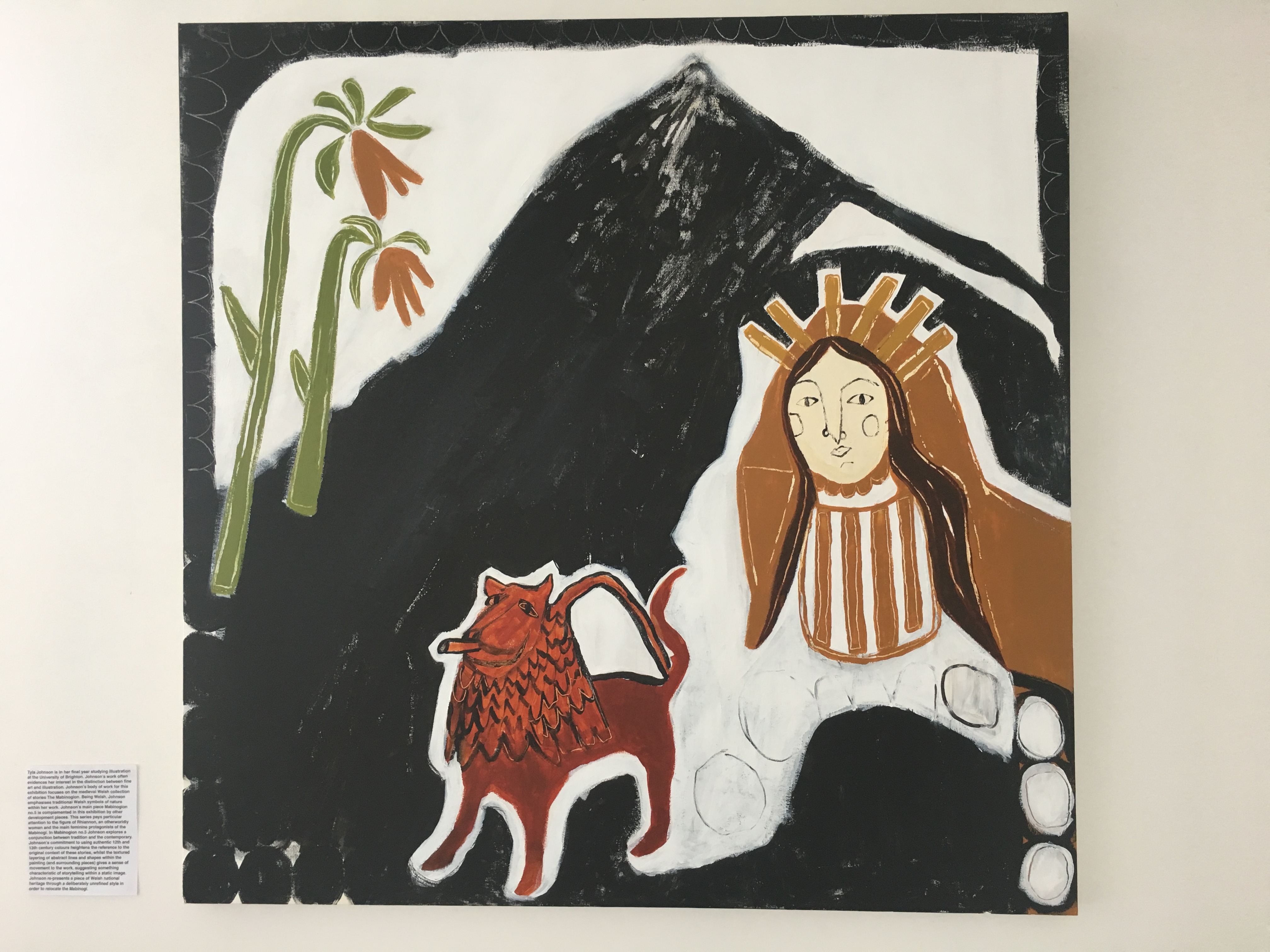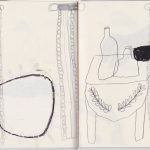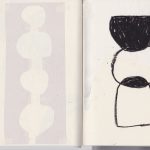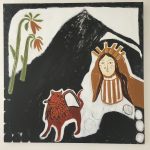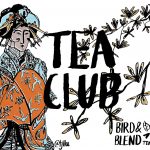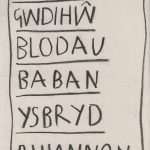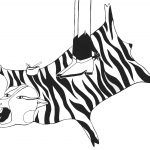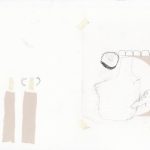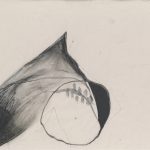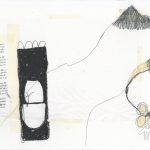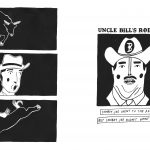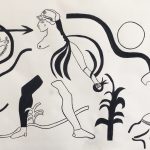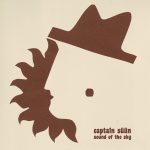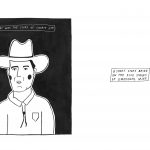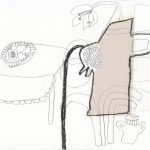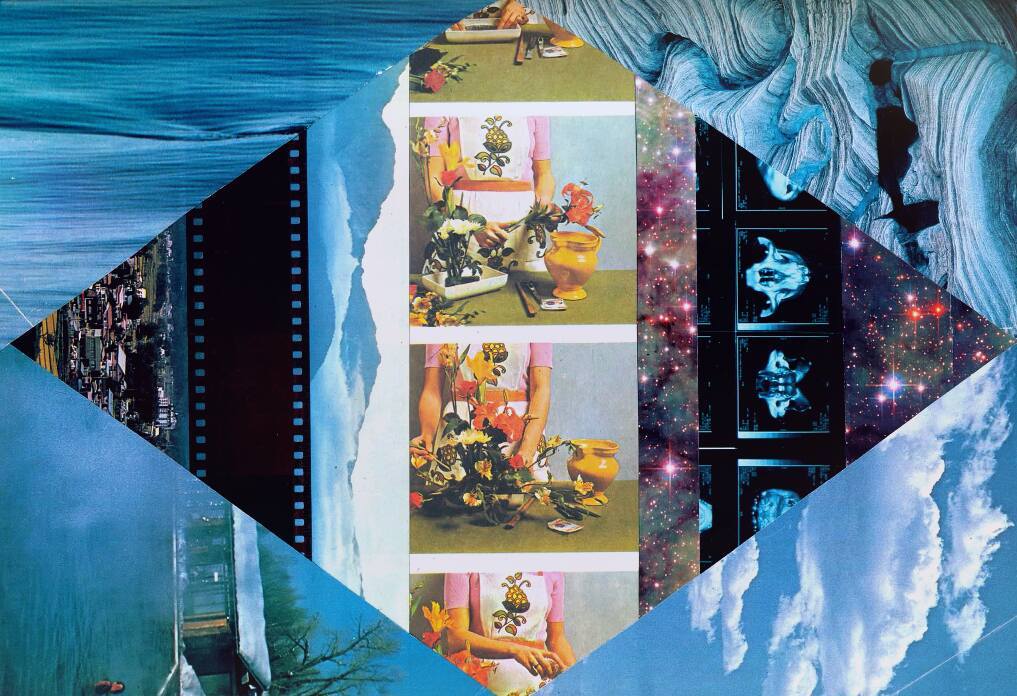This week Artist Focus spoke to Tyla Johnson, a recent Illustration graduate from the University of Brighton. Originally from just outside Cardiff, her artwork frequently explores her Welsh heritage by merging its folkloric tradition with the present day. We met in Pelicano to discuss the influence Brighton has had on Tyla’s work, and how a fiercely feminist perspective has enriched her artistic output.
What are the key themes in your work?
I often think about the way society has made us obey the image and how I can then break away from these structures through art. Femininity and what “constitutes” gender has really been central to my recent work. I want to both push these conceptions and completely shatter them.
How has living in Brighton influenced your work?
It’s amazing to live in such a forward-thinking city. Being able to share ideas with like-minded creatives has had a major impact on my perspective and my work. Above anything else, living in Brighton has brought me back to my Welsh roots. Living away from home has opened my eyes to my own heritage and the way it’s ignored in most aspects of British life. Welsh culture often faces no exposure within the mainstream, and it’s left me considering how to give it a voice here in Brighton.
What’s the most exciting project you’ve worked on?
I’ve been exploring my heritage through the traditional Mabinogion tales I was surrounded by growing up. I’ve been revisiting their Welsh medieval routes by looking at them through a “modernist” lens. I approached the tale of Rhiannon in this way – the tale follows her plight of being branded as a “witch”. It made me think about the way strong women are still subjected to a narrow male gaze that puts them in marginalised boxes (i.e. “the physco”). This idea evolved into a fascination with how the domestic setting has become a frequently feminised one. I moulded a number of pots into Rhiannon-inspired feminine forms that explored women’s places in society. It was a means of visually synthesising women’s demeaning association with the domestic.
If you could collaborate with any artist, who would it be and why?
The animator Amanda Eliasson. She released an animation called “Snow White Cologne” during her time at university. It recounted her sister’s drug addiction, and how she navigated the resulting grief. Her visual language really hit home – it got me thinking about how difficult it is to visualise grief. Her animation was the kick-starter behind an animated project of mine that accompanied the spoken word song, “The Man in the Moon”. The lyrics portray a naive understanding of death, and I had them recorded by the daughter of a family friend to accompany my animation. I wanted to produce something that children experiencing loss could relate to, prompting that “it’s okay not to be okay”. Amanda’s incredible work ethic would be a delight to work alongside, and I’d really appreciate insight into her frame-by-frame painting process.
What other media would you like to explore?
I’ve found that my illustration frequently incorporates collage, which has quite a tactile and sculptural element to it. From this I’ve turned to working with ceramics, and I want to continue exploring this route. Given the opportunity, I’d love to experiment with sound art too.
What would you like to communicate through your work?
I always want my work to open up subjective interpretation. I want viewers to extract a personal interpretation before finding out my personal objective. If I could display my work on my own terms, my ideal exhibition would be more than simply pushing my opinion or a world through my eyes. I’d like to work out a productive display that would only enable viewers to find out my intentions post-viewing. Not everyone will agree with my opinions, nor do I want them to. To me, art would then lose its function. Art needs to be creating inclusive conversations. What I want my art to “say” is still part of a big creative learning process I’m going through.
Do you have a dream project?
Besides the exhibition, I’d be really keen to open up my own studio space that engages with artists from multiple cultures and backgrounds. I’ve only been an artist here in Brighton, and I appreciate that I’d be a different artist if I’d gone through this journey in Cardiff. It would ideally be an immersive creative space that would encourage interdisciplinary artistic exchange.

